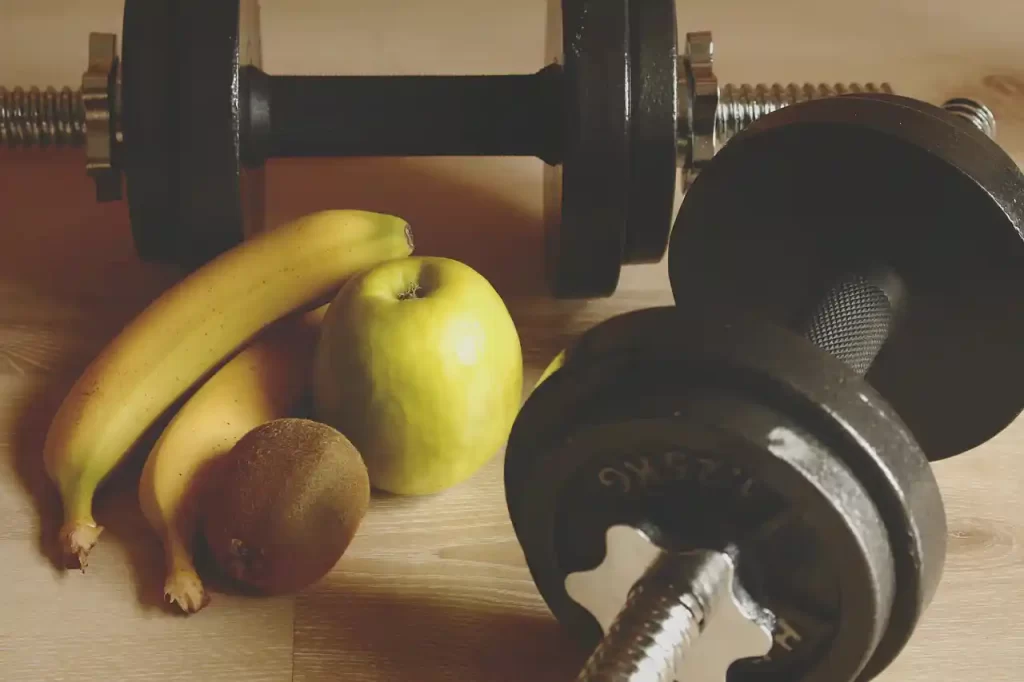We’ve all been there: you’re hitting the gym regularly, eating clean, and feeling great. But then…progress stalls. The numbers on the scale stop budging, that extra rep on the bench press feels impossible, and your once-exciting workouts become a chore. Welcome to the dreaded fitness plateau.
Hitting a fitness plateau can be one of the most frustrating aspects of any exercise regimen. This often occurs when initial progress, seen when starting a new fitness program, begins to stall. Whether it’s weight loss, muscle gain, or cardiovascular fitness, a plateau can make it feel like your efforts are no longer yielding results. Do not lose your motivation at this moment. With the right strategies, you can overcome these plateaus and continue to make strides in your fitness journey.
Understanding Fitness Plateaus
A fitness plateau typically happens because your body adapts to the repetitive physical activity. When you repeat the same exercises at the same intensity, your muscles become more efficient, and fewer calories are burned, with less muscle breakdown. Your metabolic rate might also adapt to your lower body weight. It’s a natural process, but it can be incredibly discouraging.
1. Mix Up Your Routine and Confuse Your Muscles
One of the most effective ways to push past a plateau is to change your workout routine. If you usually run, try cycling or swimming to challenge different muscle groups and add variety. For strength training, switch up your exercises, increase weights, or change your set and rep regime. This can help shock your muscles into growth and reignite your metabolism. Mixing up things will lead you to discover muscles you never exercised before.
2. Intensify Your Workouts
Increasing the intensity of your workouts can also help overcome a plateau. Incorporate intervals, increase speed, add hill workouts, or lengthen the time you spend on your workouts. High-intensity interval training (HIIT) is particularly effective for breaking through plateaus because it combines short bursts of intense activity with periods of rest.

3. Focus on Nutrition and Hydration
Sometimes, a plateau can be the result of dietary habits that haven’t evolved with your fitness level. Ensure you’re not eating too many calories—or too few, which can also impede your progress. Protein is essential for building and repairing muscle tissue. Aim for 0.8-1 gram of protein per pound of bodyweight daily. Also, drink plenty of water throughout the day to flush out toxins and keep your muscles functioning optimally. And do not forget your electrolytes.
4. Increase Recovery Time
Overtraining can lead to plateaus because your body doesn’t have enough time to recover and grow stronger. Pushing yourself is important, but so is giving your body time to rebuild. Make sure you’re allowing enough recovery time between workouts. Incorporating activities like yoga and mindfulness can also improve your recovery rates. Also, get enough sleep by aiming for 7-8 hours of quality sleep each night for optimal muscle recovery and hormonal balance.
5. Set New Fitness Goals
Setting new, realistic goals can provide you with fresh motivation. If you’ve been focusing on weight loss, switch your focus to muscle gain or cardiovascular health. New goals can inspire you to adjust your fitness regimen and dietary habits accordingly.
Overcoming a fitness plateau requires patience, experimentation, and sometimes, a return to the fundamentals of good nutrition, adequate rest, and progressively challenging workouts. By implementing these strategies, you can help ensure that your fitness journey continues to be productive and motivating. Remember, every plateau is an opportunity to reassess and reinvigorate your approach to health and fitness.
